Deep Asakusa - Exploring Behind Sensoji Temple

In Tokyo, the late hours of the night or early morning are times when few people are out on the streets. Even crowded neighborhoods can seem deserted sometimes. Today, we feature Oku-Asakusa, a district where you might not meet anyone if you visit in the morning.
Tokyo: A Metropolis Inhabited by 14 Million People
Despite being the third smallest of Japan's 47 prefectures, the Tokyo area is home to some 14 million residents. Additionally, more than 14 million international tourists visited Tokyo in 2018. In other words, it is a highly congested area. Would it ever be possible to see a place in Tokyo with few people?
The answer is yes! Surprisingly, you'll find such an area right behind one of Tokyo's most famous sightseeing spots, Sensoji Temple. The place is called Oku-Asakusa.
Oku-Asakusa: Located in the Northern Area of Asakusa
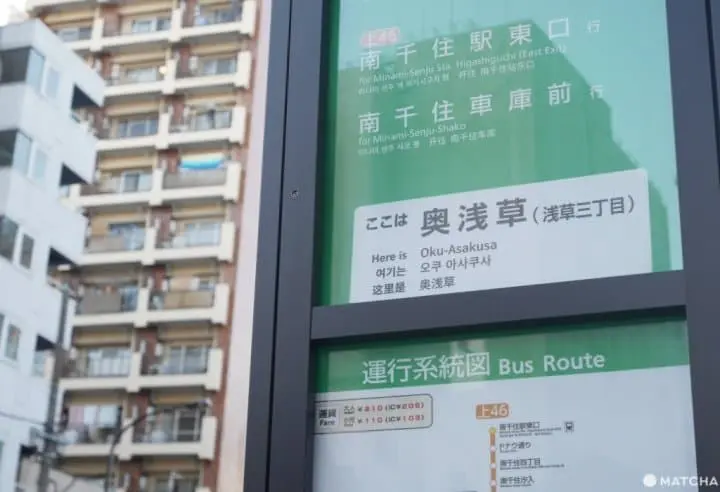
In Japanese, words such as oku and ura refer to places that are tucked away behind other areas. The popular Sensoji Temple has a hidden north side that is also called Oku-Asakusa or Kannon-Ura.
In other words, it's the neighborhood located behind Sensoji Temple, which enshrines an ancient statue of Kannon Bodhisattva.
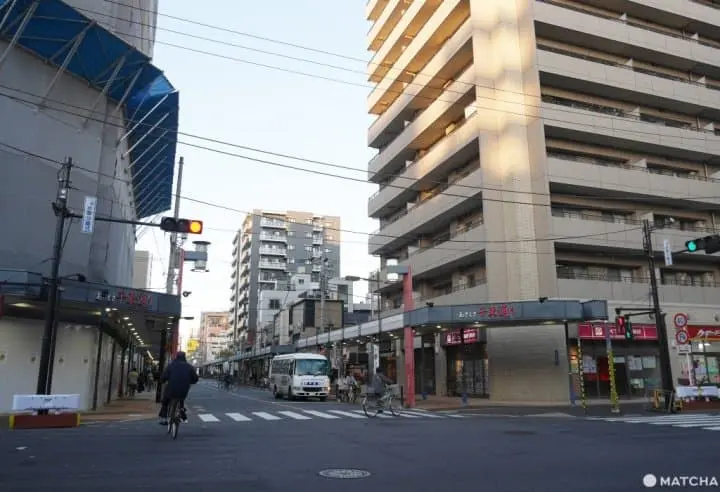
Strictly speaking, Oku-Asakusa is the area that starts from Asakusa 4-chome area and ends at Minowa Station (Tokyo Subway Hibiya Line). The main entrance to Oku-Asakusa is Senzokudori Shotengai, a traditional shopping street.
Why Are There So Few People?
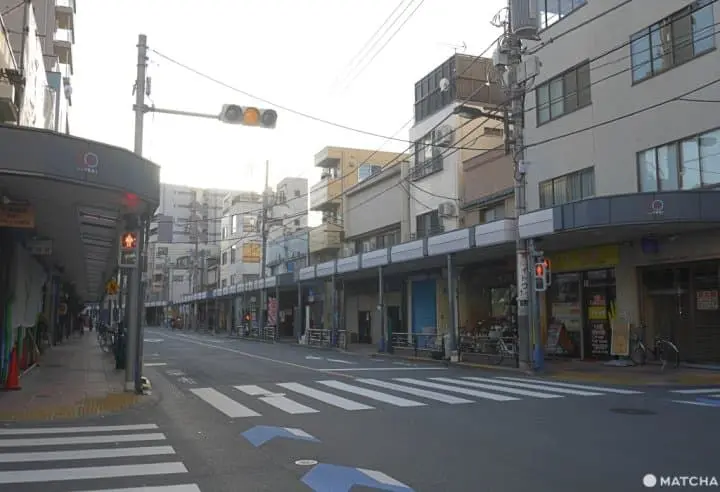
Despite retail shops and private homes on both sides, one may wonder why there are so few people along Senzokudori Shotengai. With no shop owners in sight, it appears as if their merchandise could be stolen in broad daylight.
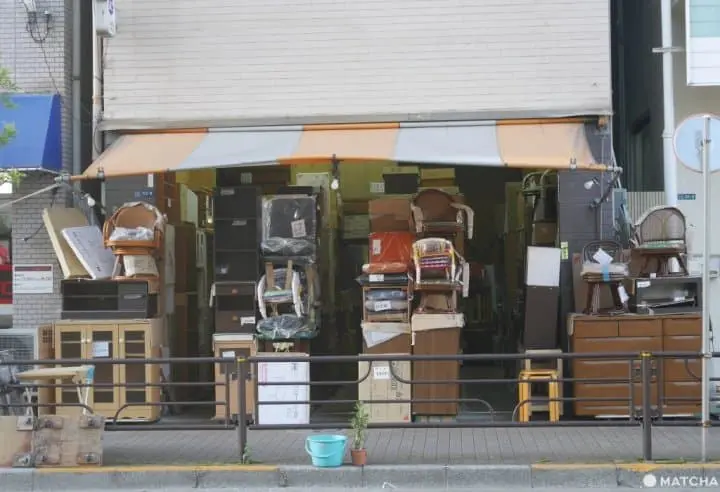
The answer to this puzzle lies in Japan's architectural style.
The shops along this street have a characteristic traditional feature. The shopfronts contain display shelves and showcases, while the very back of the stores serves as the owners' living quarters.
Homes that are adjoined with shops in this manner are referred to as machiya and reflect a traditional Japanese architectural style.
Many shops along Senzokudori Shotengai have had their storefronts remodeled at one time or another. However, the interiors are preserved as machiya.
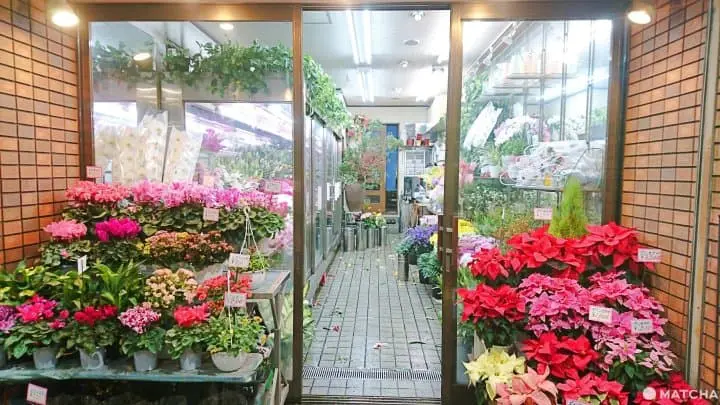
From the shop entrance, the machiya design allows you to see—in a direct straight line—to the very back of a building. When there are no customers, the owner sits in a backroom and only comes out when someone steps inside the shop.
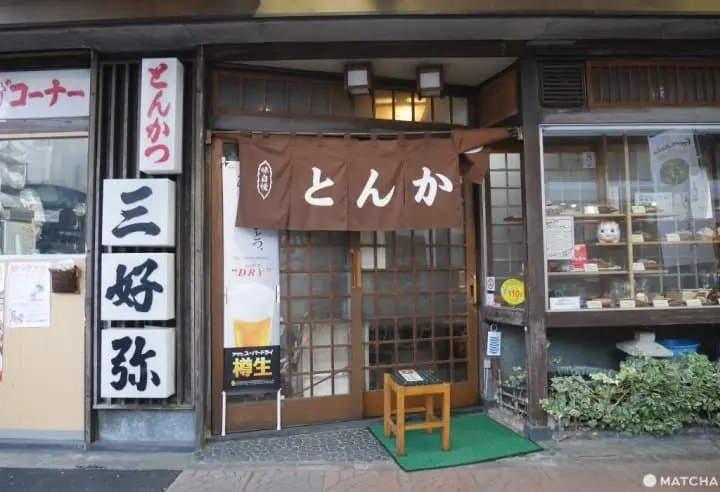
Many dining establishments are designed in a way that doesn't allow passers-by an inside view. A large noren curtain partially hides the entrance and the smoked glass doors make it so that you can't see inside.

Not knowing how many customers are inside or the eatery's ambiance might make it difficult for a sightseer to enter. However, this allows locals to enjoy their meal without worrying about whether passers-by are looking at them from outside.
There are many similar shops along Senzokudori Shotengai. With few people around, at first glance, these establishments might appear to be lonely and deserted. But appearances can be deceiving. Upon stepping inside these shops, you'll be greeted warmly!

There are famous shops among these eateries, including Onigiri Asakusa Yadoroku,Tokyo's oldest onigiri (rice ball) shop.
However, you'll find no queues in front. What's the reason behind this? As a resident of the area, let me explain why.
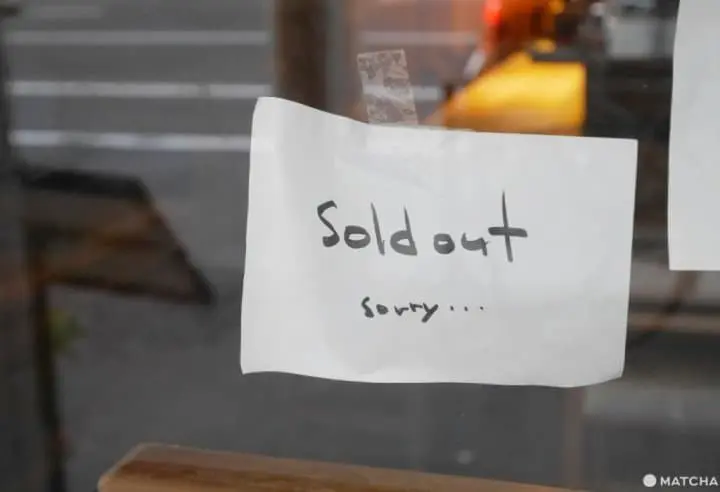
The onigiri sold at this shop are so popular that the stock is normally sold out.
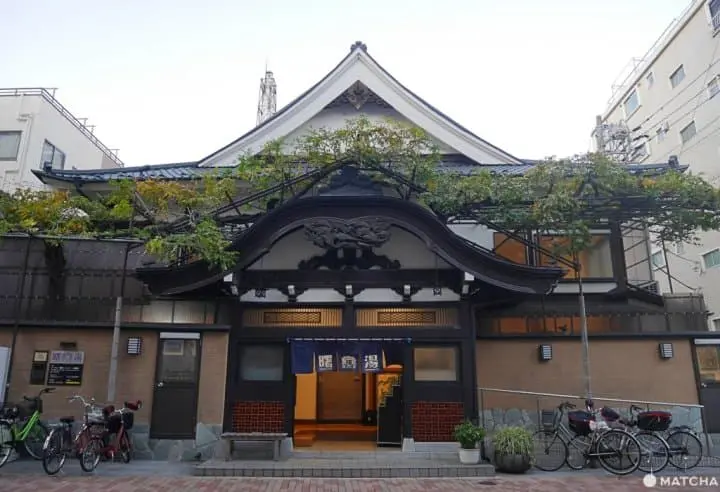
There's also a sento (public bath) nearby, and it would be a major problem if people could peek inside. Despite customers being inside the buildings here, the neighborhood is quiet.
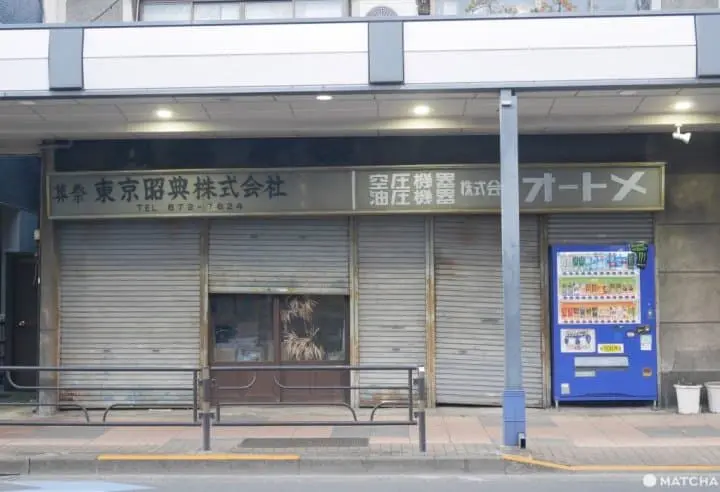
Of course, there are shops with their shutters pulled down—no longer in business and nobody in sight.
Senzokudori Shotengai is not without people, but only without many opportunities to see people out on the streets.
This Doesn't Mean That There Aren't Any People Here
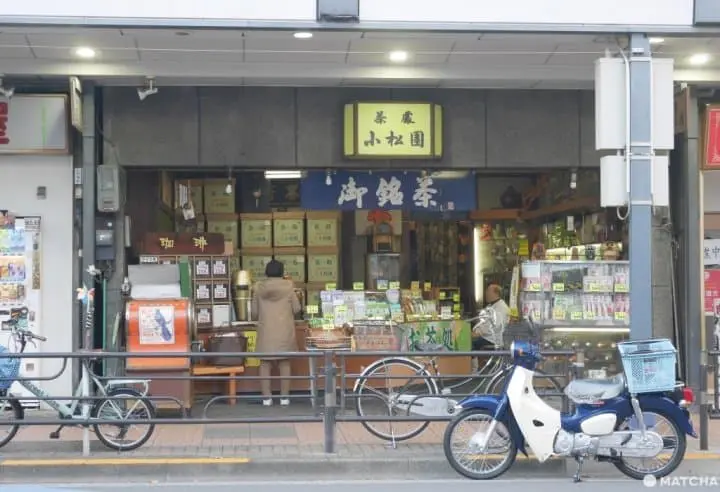
Despite being very close to Sensoji Temple, this is not a sightseeing spot. The only people here are those who live and work in the area.
When residents get hungry, they'll venture out to a nearby restaurant, or head to the supermarket when they need to run an errand. Locals make their appearance in town when it's necessary for them to go outside.
In other words, there aren't people outside from morning until evening.
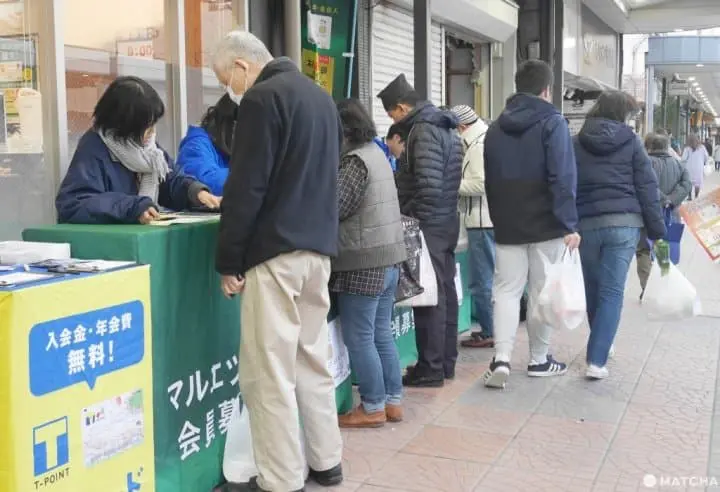
Of course, many residents go out when there's good news in the area! The local shopping street often announces bargains and sales. This valuable information is swiftly shared among the locals and the streets fill with people.
Oku-Asakusa During Events

However, saying that travelers never venture out to this hidden section of Asakusa would be far away from the truth. Each year, popular events attract many people in the area. One of them is the Oiran Dochu Procession (*1) held every April.
*1 Oiran Dochu: a reenactment of a procession during the Edo Period (1603-1868). Elaborately dressed oiran (high-class courtesans) walk along the street to honor their regular customers. In the past, courtesans used to live in this part of Asakusa. During the Oiran Dochu, the oiran were required to walk as if they were drawing the figure "8" with their feet—a difficult skill that was said to require up to three years of mastery. This traditional procession eventually disappeared at the end of the 18th century.
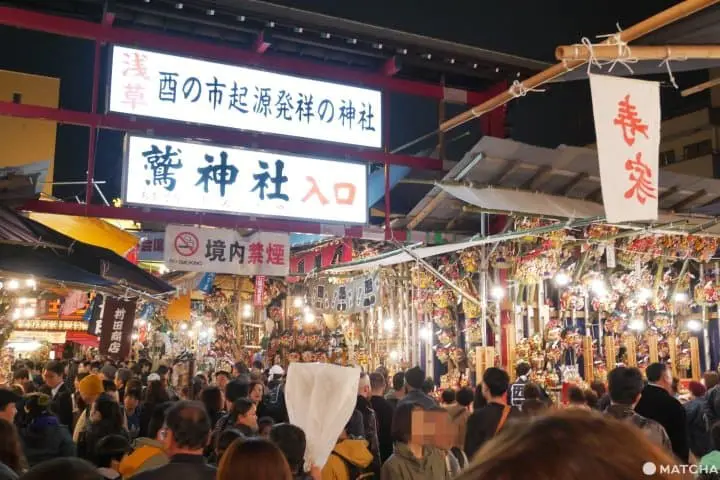
In November, there's an event called Tori-no-Ichi (*2). It attracts many people from morning to night—even lasting from midnight until the early morning hours.
*2 Tori-no-Ichi: a festival held annually at Otori Shrine in Asakusa. It marks the end of the year for shopkeepers and business owners, who then wish for good fortune and prosperity in the coming new year. Shops in the area sell goods that are believed to bring their owners good luck, including many kinds of ornamental rakes.

When events aren't being held, you'll spot very few people walking along the streets. In spring, take your time and enjoy the cherry blossoms of Oku-Asakusa in full bloom. (The unique shops lining the side streets in the above picture are a well-kept secret among locals, too).
Encounter Local Life in Oku-Asakusa
Today, we introduced Oku-Asakusa's Senzokudori Shotengai—an area where few people are typically seen, and a neighborhood that doesn't feel like Tokyo.
Japan's rural areas—and even other parts of Tokyo—contain places that are mostly frequented by locals and may appear to have no people at all.
This makes us wonder if places that are perpetually busy 24 hours a day even exist. Even neighborhoods that appear bustling day and night must have a time when few people are around.









































![[Kanazawa] Enjoy the world of gold leaf to the fullest in the city with the highest production volume in Japan](https://resources.matcha-jp.com/resize/720x2000/2025/11/12-249564.webp)
![[2026] Family Winter Trip to Suzuka Circuit! – For Both Day trips and Overnight Stays!](https://resources.matcha-jp.com/resize/720x2000/2025/12/26-254097.webp)
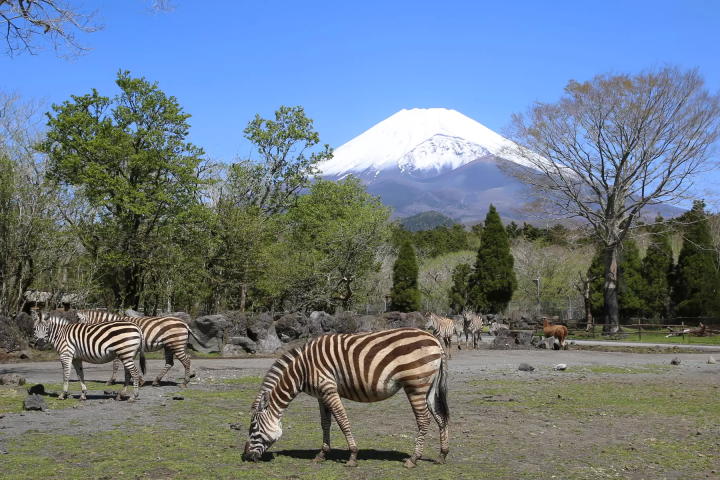
![[2026] Top 5 Strawberry Picking Spots in Tokushima, Naruto| Farms and Access Guide for January to May](https://resources.matcha-jp.com/resize/720x2000/2025/03/06-227165.webp)
![[Yamanashi/ Hokuto City] 4 Hot New Spots Opening in 2026](https://resources.matcha-jp.com/resize/720x2000/2025/12/12-252747.webp)